Introduction: How To Pick The Best Airplane Seat
I often talk about how to find the best awards along with the booking process, but realized I’ve yet to talk about how to pick the best airplane seat. Like anything, not all seats are created equally, and there are a few tricks you can employ to ensure you don’t get stuck beside the washroom, or in a seat with a misaligned window (like I did on a recent ANA business class flight from Tokyo to Beijing).
Earn
up to 15000 Amex points
Annual Fee:
Rewards:
Earn
5x
points
on eligible eats and drinks in Canada, including groceries and food delivery. Spend cap applies.
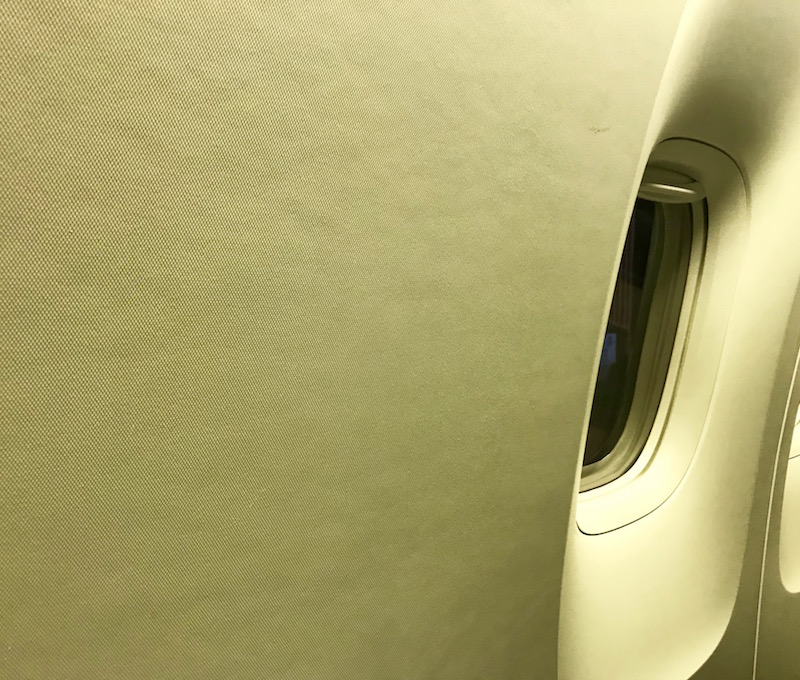
When you book an award seat that’s eligible for advanced seat assignment, the computer will usually choose a seat for you. While you can often request a specific type when booking (window, aisle, etc), my experience tells me these requests are rarely honoured, and it’s often necessary for me to go to the airline website to change seats.
How To Pick The Best Airplane Seat: Booking
As just one example, I’m going to use Aeroplan and All Nippon Airways throughout this post, since Aeroplan is commonly used by Canadians and ANA has a number of configurations in business class depending on which route you’re flying (though keep in mind the tips to choose the best seat will be relatively unchanged regardless of which program you use to book). When you book partner awards with Aeroplan, you’ll get a record locator for the Aeroplan booking. Unfortunately this locator can only be used to select seats on flights operated by Air Canada, though it’s quite easy to select seats for partner airlines online, or in some cases, by phone. Record locators are always 6-digit alpha-numeric codes, and are different from e-ticket numbers.
- A record locator might look something like this: CBLSYP
- While an e-ticket number might look like this: 297 6903688421
If you’re booking by phone, make sure to ask the agent for the booking reference number, or record locator, prior to ending the call. Alternatively, if you forgot to ask, or have booked online, you can easily locate the reference numbers through your online account. Simply login, and choose manage your rewards through the ‘Your Aeroplan’ tab.
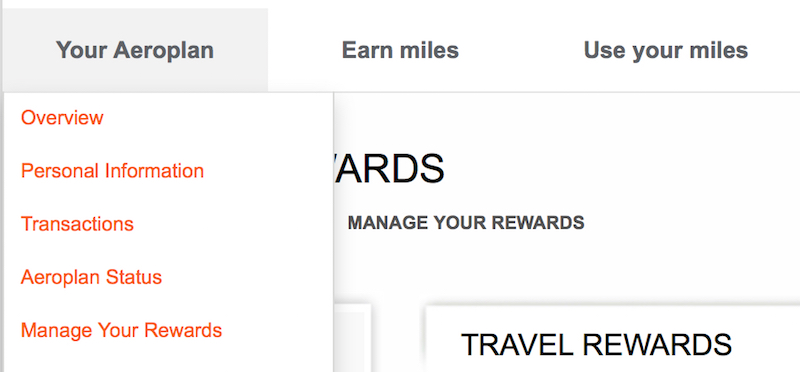
From there, select your itinerary, and click on the seat selection link. Aeroplan will provide a list of record locators for each applicable partner airline, which can be used on their respective websites (this is a fairly new feature for Aeroplan, where previously you would need to call in and wait on hold if you booked online or forgot to get them over the phone while booking – very annoying).
How To Pick The Best Airplane Seat: Once You’ve Booked
With record locator in hand, it’s time to pick the best seat! Let’s say for example you’re flying ANA from Vancouver to Tokyo and know you want a quiet seat. First we go to the ANA website and pull up the seat selection chart with the record locator, which should look something like this:
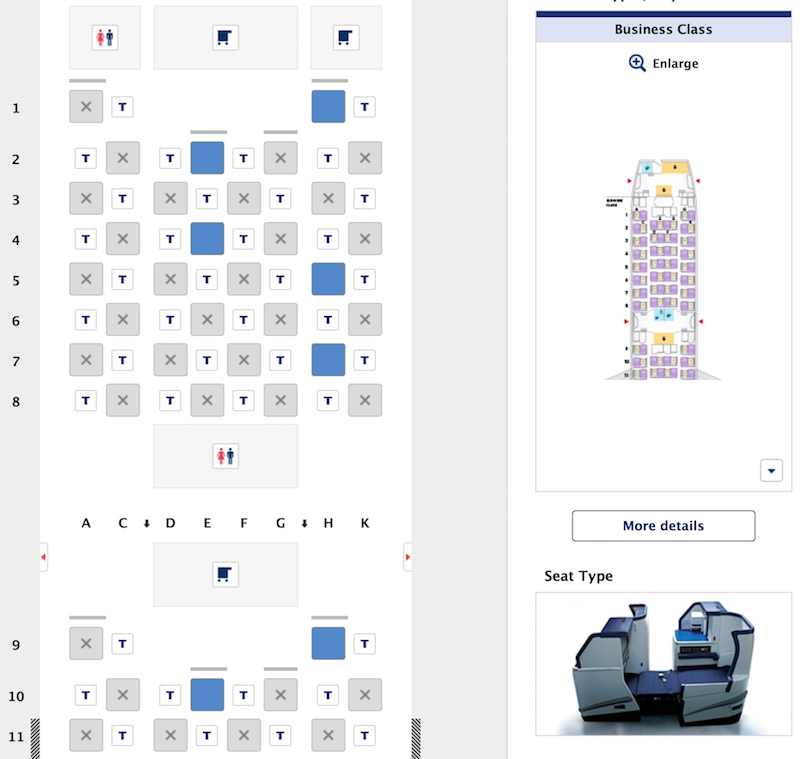
Unfortunately ANA doesn’t provide much of a legend in terms of cabin layout, but it’s pretty easy to discern based on some universal symbols and the small seat picture in the corner. On this 787, ANA has business class in a 1-2-1 configuration over two cabins, which are separated by a galley and washroom. Each seat has a side table, which alternate location relative to the seat and aisle depending on which row you choose. In this seat map, the tables are represented by the smaller box marked ‘T’, and the seats are represented by the larger boxes. Available seats are shaded blue, and occupied seats are shaded grey with an ‘X’. Galley location is represented by a small cart, and bathrooms are easy to spot based on the universal symbol for washroom.
Tools To Help You Choose The Best Seat
SeatGuru
Anytime I’m choosing a seat I’ll always employ a couple of tools before making my selection. First, I head to SeatGuru (owned by TripAdvisor), which is essentially a website dedicated to seat reviews for all airlines. While you can try to find your plane by navigating the SeatGuru homepage, I actually find it easiest to just Google what you’re looking for, as SeatGuru is often one of the first search results. For this booking, I would Google ‘ANA Boeing 787 Seat Map’, and look for the results from SeatGuru.
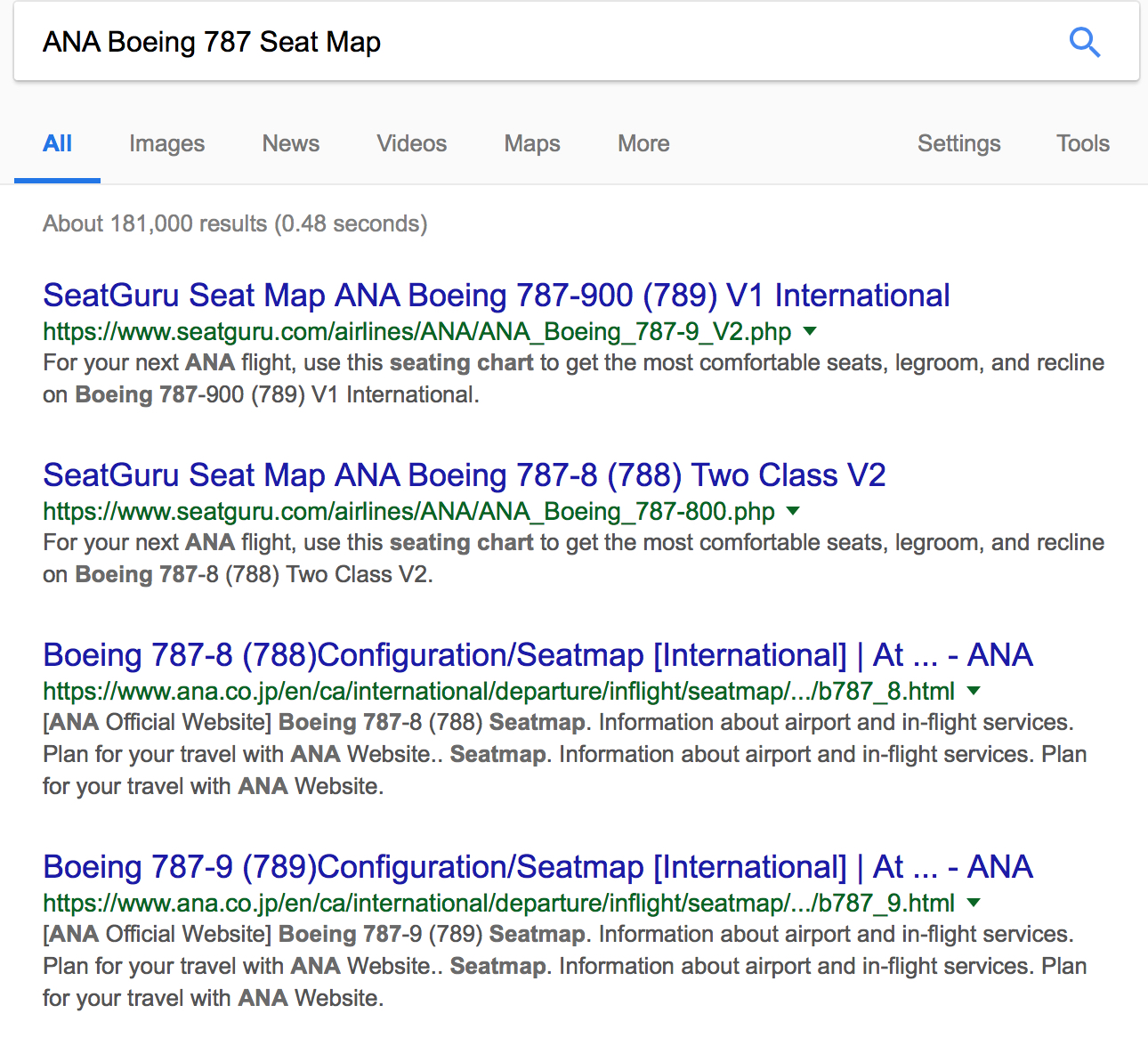
Clicking on the first result brings up a configuration that looks similar to my aircraft, though upon closer inspection it looks like this is a different configuration (with the same style of seat) as there are more rows of business class on this seat map.
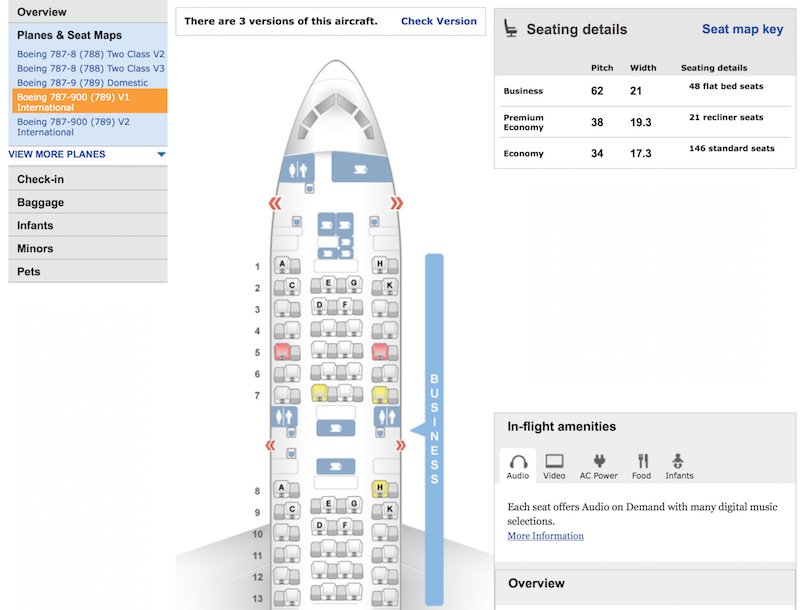
This is where things can get difficult, since most airlines will have multiple configurations on the same aircraft. While the seat will be virtually identical, there may be some variations in regards to location to lavatory, galley, engine, etc.
To find you’re plane, you’ll simply need to scroll through the options of Boeing 787 aircraft on the left hand side of the page. ANA is particularly bad for this, since they have a whopping 7 different configurations on their Boeing 787 fleet. After a bit of digging, I see that the Boeing 787-900 (789) V2 International is the configuration being used for my flight from Vancouver to Tokyo.
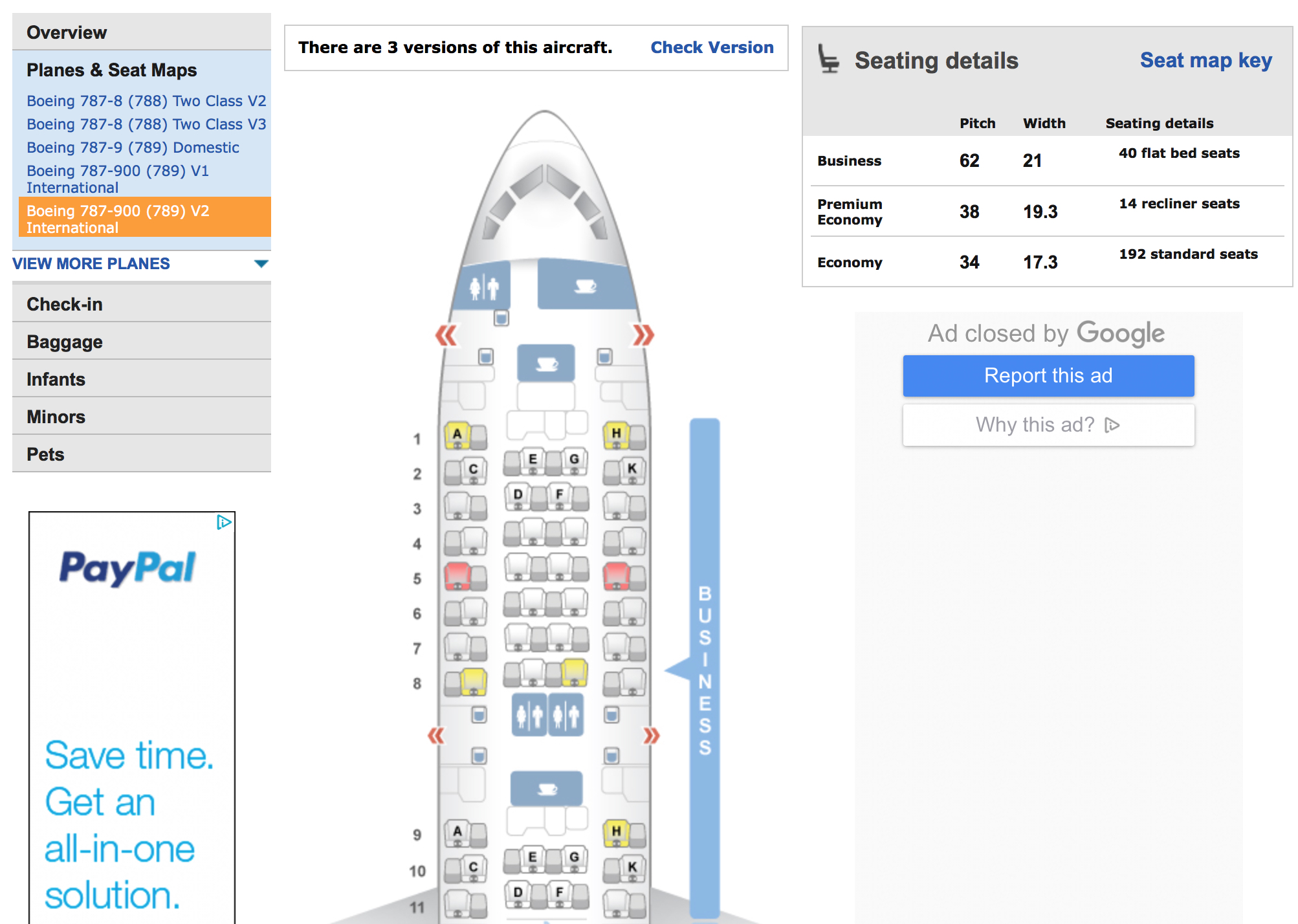
SeatGuru is really user friendly, with 4 different colours representing different seat reviews:
- Grey/no colour: standard seat – nothing good or bad
- Green: good seat – something stands out, such as more privacy, additional legroom, etc
- Yellow: not so good seat – could be proximaty to galley/lavatory, no floor storage during takeoff, etc
- Red: bad seat – probably missing a window, reduced space, limited/no recline, etc
If you scroll over a highlighted seat, a small box will come up with why the seat has been flagged that colour. For example, seat 1A (yellow) has no floor storage during taxi, takeoff, and landing, and proximity to the galley may be bothersome. Seat 5A (red) is missing a window, which is obviously very negative for a window seat.
Flyertalk
If you have some time on your hands, Flyertalk can be a great resource for finding more in-depth reviews for different seating configurations. For those who aren’t familiar, Flyertalk is an online community of frequent travellers with comment threads on just about anything aviation related you could ever think of. I actually can’t think of a time I wasn’t able to locate a thread for even the most obscure question, so naturally it’s quite easy to find pages of commentary on seat selection for various airlines.
A bit of a warning for beginners though, Flyertalk is littered with jargon, so you may find the information tough to filter through, especially if you don’t know abbreviations for aircraft, airport codes, etc.
Googling ‘ANA Business Class Seat Flyertalk’ produces a couple of threads to consider, with a 29 page option dedicated entirely to the business staggered configuration found on ANA aircraft. If you don’t feel like going through all of the pages, you can find a lot of helpful info at the top of the first page, such as best seat for solo travellers, best seats for couples, quiet seats, etc. Happy reading!
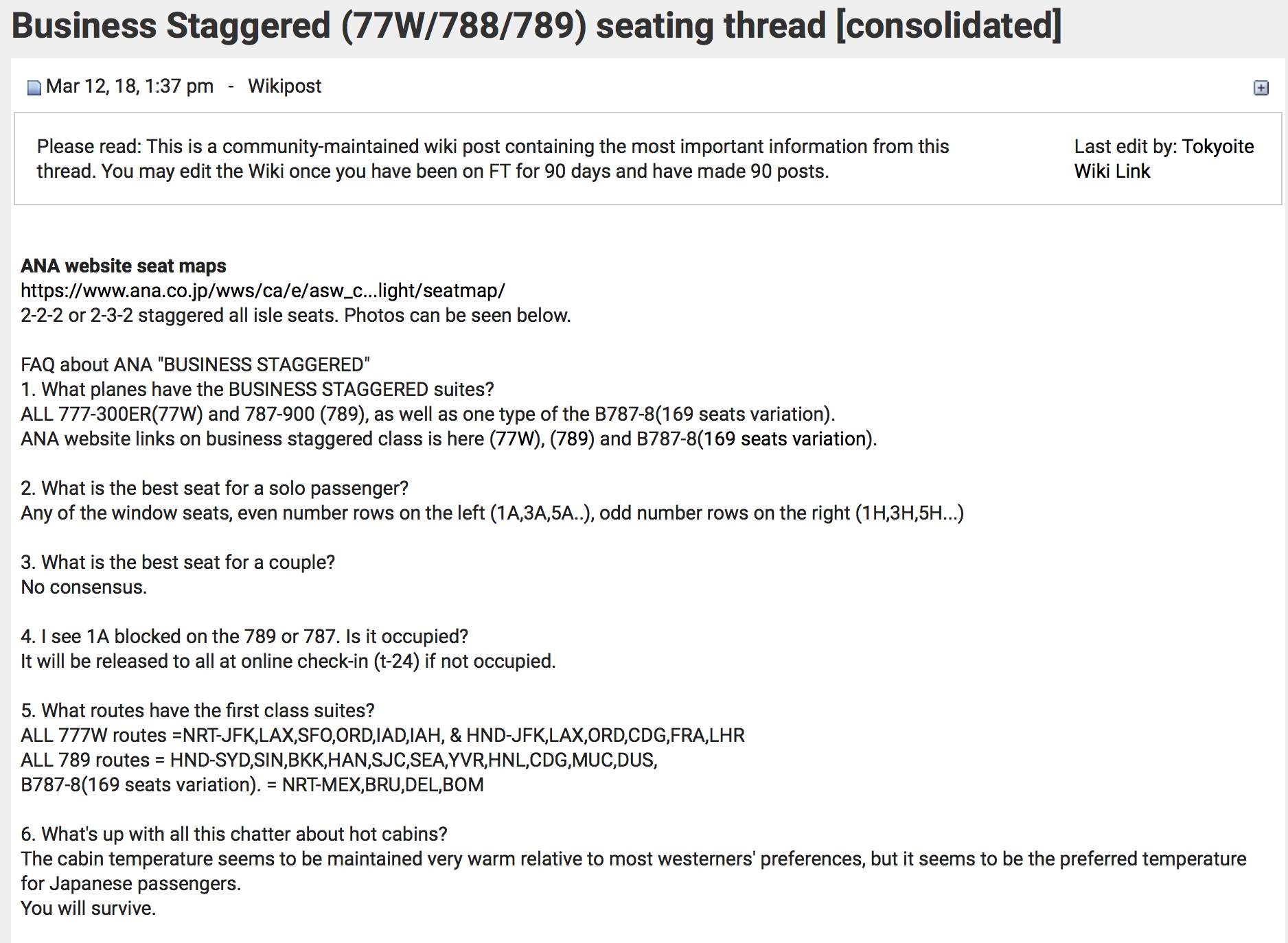
ExpertFlyer
One last tool I use when selecting seats is ExpertFlyer. This is a paid service, and I wouldn’t necessarily recommend using it just to look at seat maps, but it is helpful for giving a more accurate account of available seats than the airline website alone.

While it looks very similar on the surface (even providing the same coloured warnings as SeatGuru), ExpertFlyer is able to discern between a seat that has been selected (shaded blue), and one that’s being blocked by the airline (marked with an X). Seats are blocked for a number of reasons, though the most common scenario is it’s being held for elite members of the airline, and will be released closer to departure, normally once check-in begins. Knowing which seats are blocked can be useful, as usually these are the best seats on the aircraft, and often open up prior to departure. Using our ANA flight, we see that seat 1A is being blocked by the airline (ANA almost always reserves 1A for elite members prior to check-in).
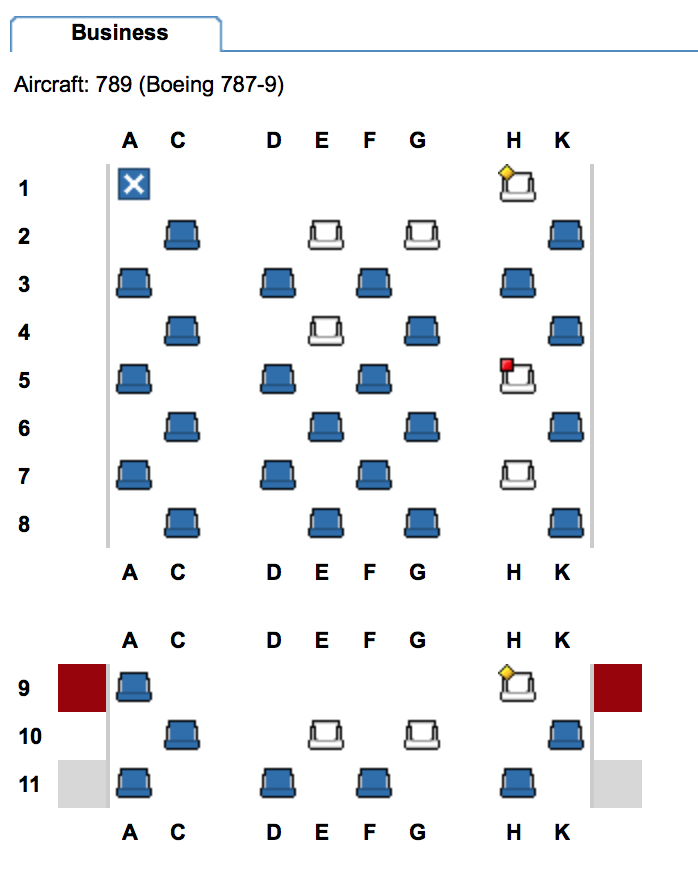
ExpertFlyer can also be used to set alerts, so if your preferred seat isn’t available (a window seat for example), you can set up a monitoring service to email you when one opens up. ExpertFlyer can also be used for a number of other functions, such as route planning and monitoring award availability and is a necessary tool for most intermediate travel hackers!
How To Pick The Best Airplane Seat Summary
The above example was specific to Aeroplan and ANA, though the steps are similar regardless of the program/airline/aircraft you choose.
- Find the record locator for your airline and use it to find your aircraft/seat map through the airline website (some airlines have terrible websites and require seat selection to be done over the phone)
- Use tools such as SeatGuru, Flyertalk, and ExpertFlyer to get familiar with the cabin layout and learn which seats should be avoided
- Select your seat
If your preferred seat isn’t available, consider using a subscription service such as ExpertFlyer to monitor for one opening up. Alternatively, consider our Concierge Award Booking Service and have us take care of everything, including seat recommendations and selections.
And for the record, in case anyone was wondering, I would select seat 9A on this flight based on the availability, as I’m partial to choosing window seats (personal preference) and I almost always choose the rear business class cabin for more privacy with a seat on the aisle with fewer lavatories for less foot traffic!
Do you put as much effort in selecting the perfect seat when booking flights? Tell us how you do it in the comment section below!
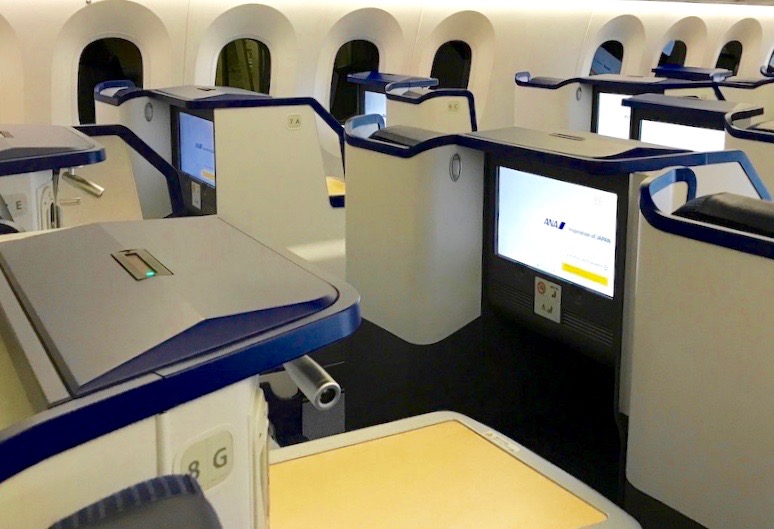
This is a very useful post. Even for those who have the knowledge, a step by step makes is handy.
I usually start on expertflyer and go from there.
Hey John,
ExpertFlyer is a very handy tool! Happy to hear you enjoyed the post – I’m trying to create more content like this as a resource for those who don’t travel as frequently (or for those that do and may just appreciate a different perspective).